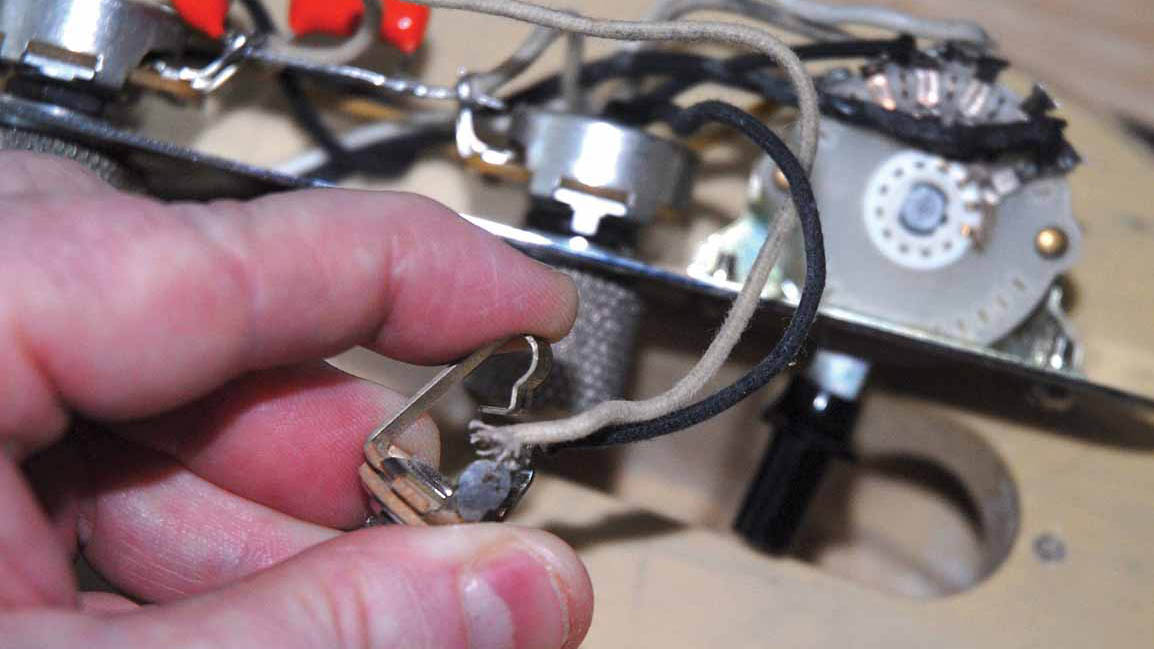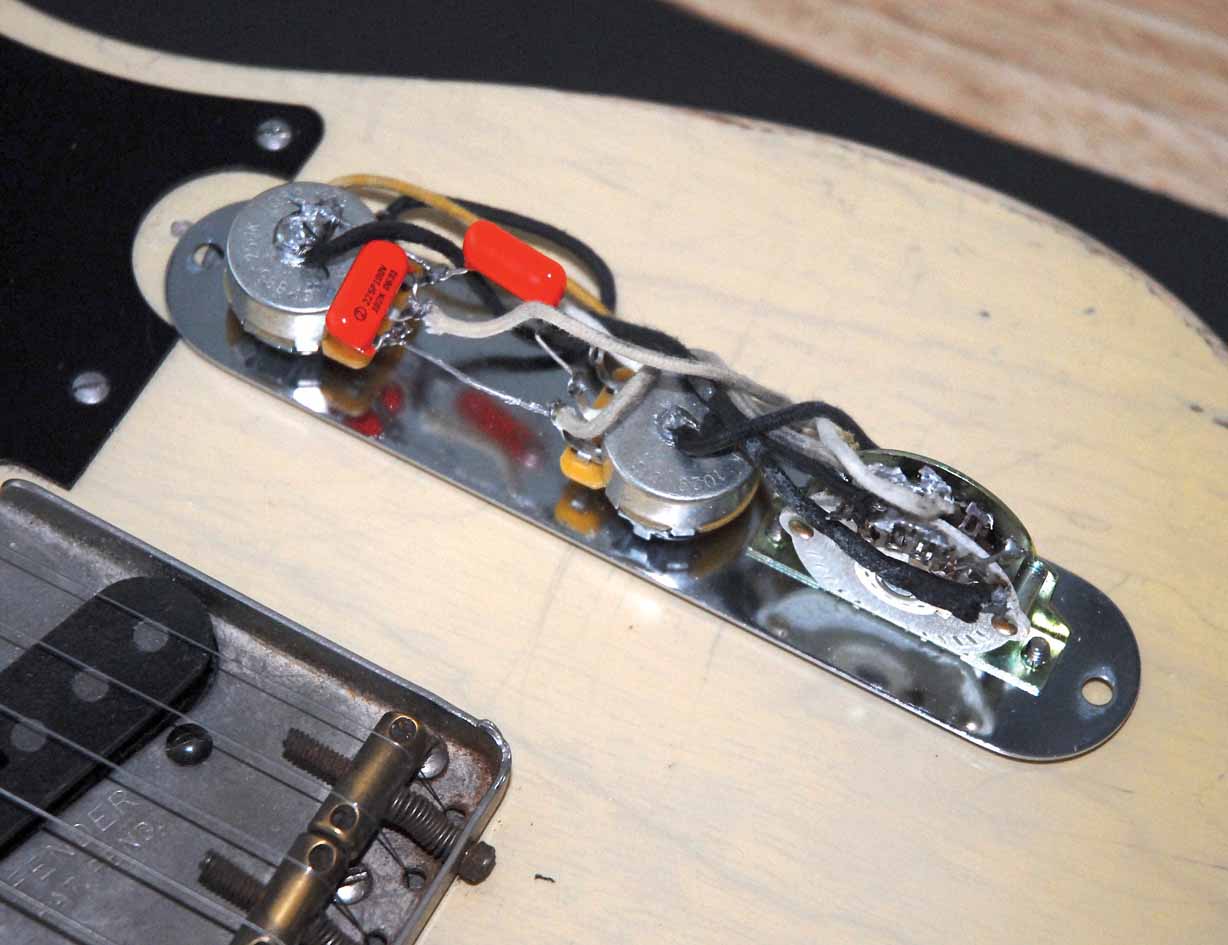Guitar setup: how to troubleshoot and fix your guitar's electrics
Learn how to diagnose and repair problems with your electric's electrics

Introduction
You would be surprised, nay shocked and stunned, to discover just how many people take their faulty guitars to be repaired only to find that they could have fixed the problem at home for free.
The fact that there are just a handful of reasons why a guitar might stop working makes diagnosing a fault easy. To nail what ails your pride and joy, run through our easy-to-follow guide below.
All you need is a screwdriver, a spare guitar lead, some switch cleaner, your trusty soldering iron and a roll of solder. Let’s get to work.











